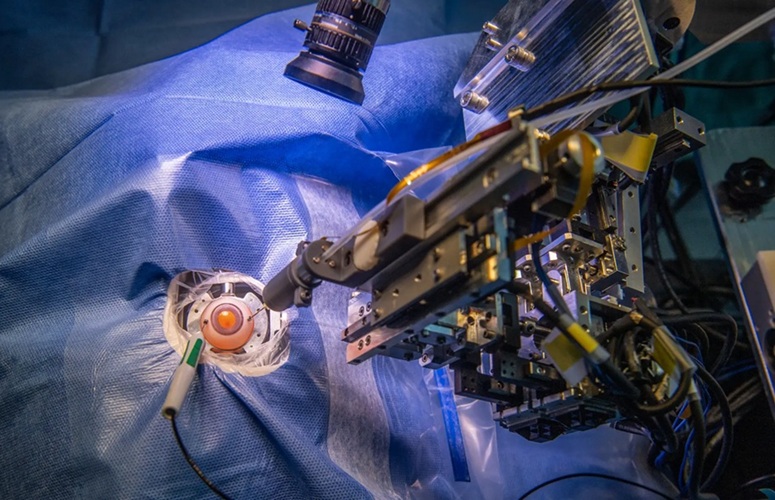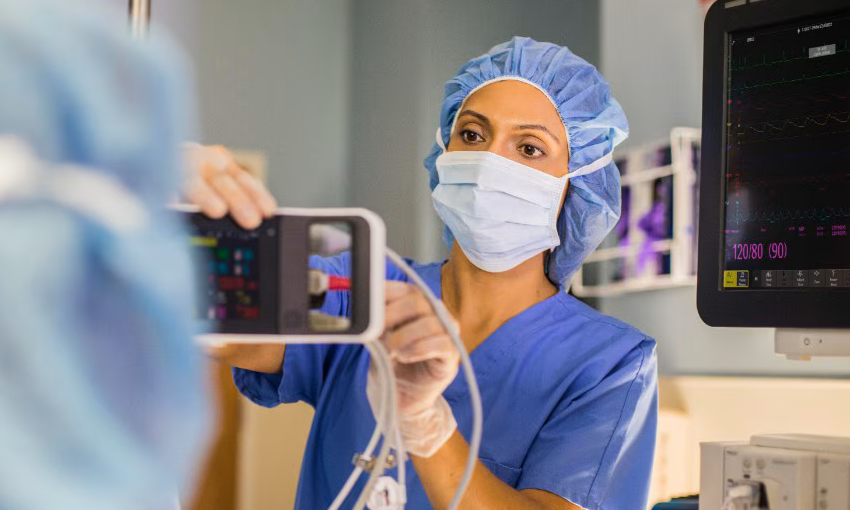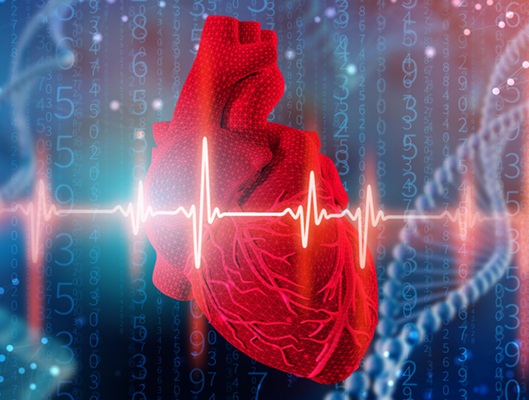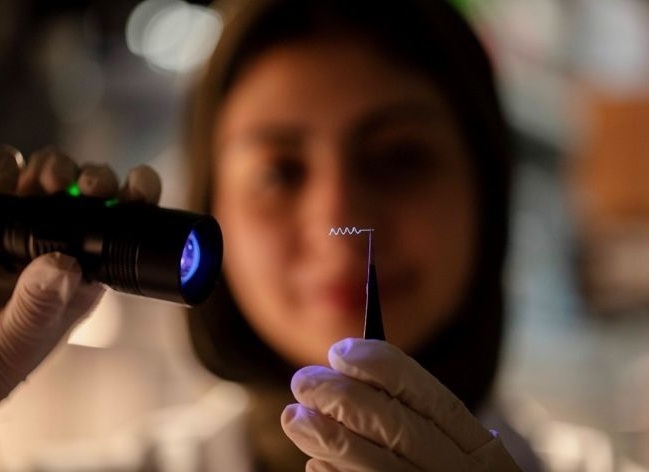Closed System Drug Transfer Device Prevents Contamination 
|
By HospiMedica International staff writers Posted on 20 Jan 2014 |

Image: The Equashield II CTSD syringe (Photo courtesy of Equashield).
A novel closed system transfer device (CSTD) protects healthcare professionals from hazardous drugs and vapor exposure.
The Equashield II CTSD is a preassembled syringe that prevents plunger contamination by hazardous drugs or air-bubble migration. The system is equipped with an encapsulated barrel and plunger, built-in closed pressure equalization, and an integrated single motion connector that remains free of drug residuals after multiple connections. Closed pressure equalization and dry connectors are integrated into the syringe, thus preventing microbial ingress into media-filled vials even after repeated inoculation. Since the preassembled syringe requires no further setup, quicker deployment times are available.
The syringe has two chambers, one for liquid and one for air, located at the end of the injection piston. As the piston moves, one chamber’s volume increases, while the other chamber’s volume decreases by precisely the same amount, creating a totally balanced exchange of air and liquid, ensuring that there is no excess pressure that will push out droplets or vapors. As the needle head is recessed back out of the mechanism, it moves through a mechanical dryer to ensure that there is no residue to escape.
The Equashield II syringe also connects with a single motion to proprietary adaptors for vials, intravenous (IV) bags, and tubing, and requires no further setup, thereby contributing to ease of use and overall hospital productivity. Safety feature include closed internal pressure equalization, a connector that is permanently welded to syringe, and an encapsulated plunger that cannot be pulled out of the barrel. Surface contamination by antineoplastic agents is thus eliminated, helping to extend beyond-use dating for single-use or non-preserved drugs. The Equashield II CTSD is a product of Equashield (Migdal Tefen, Israel).
“We are proud to unveil our second generation, market-leading solution, Equashield II,” said Marino Kriheli, product manager for Equashield. “Other products on the market offer medical professionals dealing with chemotherapy and other hazardous drugs partial or no protection. By covering more routes of exposure than ever, this product is a truly closed system, and as such, provides medical professionals with unprecedented safety.”
Contamination by antineoplastic drugs is a common problem, with residues found on the skin of more than a quarter of nurses who came into contact with patients on chemotherapy regimens. Surfaces in hospital pharmacies, operating rooms, and treatment areas can also retain residues from antineoplastic drugs and other pharmaceuticals. Once released into the environment, anyone in the area is at risk of ingesting them, which could cause skin irritation and even long term complications, such as infertility, miscarriage, congenital malformation, and leukemia or other types of cancer.
Related Links:
Equashield
The Equashield II CTSD is a preassembled syringe that prevents plunger contamination by hazardous drugs or air-bubble migration. The system is equipped with an encapsulated barrel and plunger, built-in closed pressure equalization, and an integrated single motion connector that remains free of drug residuals after multiple connections. Closed pressure equalization and dry connectors are integrated into the syringe, thus preventing microbial ingress into media-filled vials even after repeated inoculation. Since the preassembled syringe requires no further setup, quicker deployment times are available.
The syringe has two chambers, one for liquid and one for air, located at the end of the injection piston. As the piston moves, one chamber’s volume increases, while the other chamber’s volume decreases by precisely the same amount, creating a totally balanced exchange of air and liquid, ensuring that there is no excess pressure that will push out droplets or vapors. As the needle head is recessed back out of the mechanism, it moves through a mechanical dryer to ensure that there is no residue to escape.
The Equashield II syringe also connects with a single motion to proprietary adaptors for vials, intravenous (IV) bags, and tubing, and requires no further setup, thereby contributing to ease of use and overall hospital productivity. Safety feature include closed internal pressure equalization, a connector that is permanently welded to syringe, and an encapsulated plunger that cannot be pulled out of the barrel. Surface contamination by antineoplastic agents is thus eliminated, helping to extend beyond-use dating for single-use or non-preserved drugs. The Equashield II CTSD is a product of Equashield (Migdal Tefen, Israel).
“We are proud to unveil our second generation, market-leading solution, Equashield II,” said Marino Kriheli, product manager for Equashield. “Other products on the market offer medical professionals dealing with chemotherapy and other hazardous drugs partial or no protection. By covering more routes of exposure than ever, this product is a truly closed system, and as such, provides medical professionals with unprecedented safety.”
Contamination by antineoplastic drugs is a common problem, with residues found on the skin of more than a quarter of nurses who came into contact with patients on chemotherapy regimens. Surfaces in hospital pharmacies, operating rooms, and treatment areas can also retain residues from antineoplastic drugs and other pharmaceuticals. Once released into the environment, anyone in the area is at risk of ingesting them, which could cause skin irritation and even long term complications, such as infertility, miscarriage, congenital malformation, and leukemia or other types of cancer.
Related Links:
Equashield
Latest Critical Care News
- 'Universal' Kidney to Match Any Blood Type
- Light-Based Technology to Measure Brain Blood Flow Could Diagnose Stroke and TBI
- AI Heart Attack Risk Assessment Tool Outperforms Existing Methods
- Smartphone Imaging System Enables Early Oral Cancer Detection
- Swallowable Pill-Sized Bioprinter Treats GI Tract Injuries

- Personalized Brain “Pacemakers” Could Help Patients with Hard-To-Treat Epilepsy
- Microscopic DNA Flower Robots to Enable Precision Medicine Delivery
- Origami Robots to Deliver Medicine Less Invasively and More Effectively
- Improved Cough-Detection Technology Aids Health Monitoring
- AI Identifies Children in ER Likely to Develop Sepsis Within 48 Hours
- New Radiofrequency Therapy Slows Glioblastoma Growth
- Battery-Free Wireless Multi-Sensing Platform Revolutionizes Pressure Injury Detection
- Multimodal AI to Revolutionize Cardiovascular Disease Diagnosis and Treatment
- AI System Reveals Hidden Diagnostic Patterns in Electronic Health Records
- Highly Sensitive On-Skin Sensing Monitor Detects Vitamin B6 and Glucose in Sweat
- Artificial Intelligence Revolutionizing Pediatric Anesthesia Management
Channels
Surgical Techniques
view channel
Robotic Assistant Delivers Ultra-Precision Injections with Rapid Setup Times
Age-related macular degeneration (AMD) is a leading cause of blindness worldwide, affecting nearly 200 million people, a figure expected to rise to 280 million by 2040. Current treatment involves doctors... Read more
Minimally Invasive Endoscopic Surgery Improves Severe Stroke Outcomes
Intracerebral hemorrhage, a type of stroke caused by bleeding deep within the brain, remains one of the most challenging neurological emergencies to treat. Accounting for about 15% of all strokes, it carries... Read morePatient Care
view channel
Revolutionary Automatic IV-Line Flushing Device to Enhance Infusion Care
More than 80% of in-hospital patients receive intravenous (IV) therapy. Every dose of IV medicine delivered in a small volume (<250 mL) infusion bag should be followed by subsequent flushing to ensure... Read more
VR Training Tool Combats Contamination of Portable Medical Equipment
Healthcare-associated infections (HAIs) impact one in every 31 patients, cause nearly 100,000 deaths each year, and cost USD 28.4 billion in direct medical expenses. Notably, up to 75% of these infections... Read more
Portable Biosensor Platform to Reduce Hospital-Acquired Infections
Approximately 4 million patients in the European Union acquire healthcare-associated infections (HAIs) or nosocomial infections each year, with around 37,000 deaths directly resulting from these infections,... Read moreFirst-Of-Its-Kind Portable Germicidal Light Technology Disinfects High-Touch Clinical Surfaces in Seconds
Reducing healthcare-acquired infections (HAIs) remains a pressing issue within global healthcare systems. In the United States alone, 1.7 million patients contract HAIs annually, leading to approximately... Read moreHealth IT
view channel
Printable Molecule-Selective Nanoparticles Enable Mass Production of Wearable Biosensors
The future of medicine is likely to focus on the personalization of healthcare—understanding exactly what an individual requires and delivering the appropriate combination of nutrients, metabolites, and... Read moreBusiness
view channel
Philips and Masimo Partner to Advance Patient Monitoring Measurement Technologies
Royal Philips (Amsterdam, Netherlands) and Masimo (Irvine, California, USA) have renewed their multi-year strategic collaboration, combining Philips’ expertise in patient monitoring with Masimo’s noninvasive... Read more
B. Braun Acquires Digital Microsurgery Company True Digital Surgery
The high-end microsurgery market in neurosurgery, spine, and ENT is undergoing a significant transformation. Traditional analog microscopes are giving way to digital exoscopes, which provide improved visualization,... Read more
CMEF 2025 to Promote Holistic and High-Quality Development of Medical and Health Industry
The 92nd China International Medical Equipment Fair (CMEF 2025) Autumn Exhibition is scheduled to be held from September 26 to 29 at the China Import and Export Fair Complex (Canton Fair Complex) in Guangzhou.... Read more














